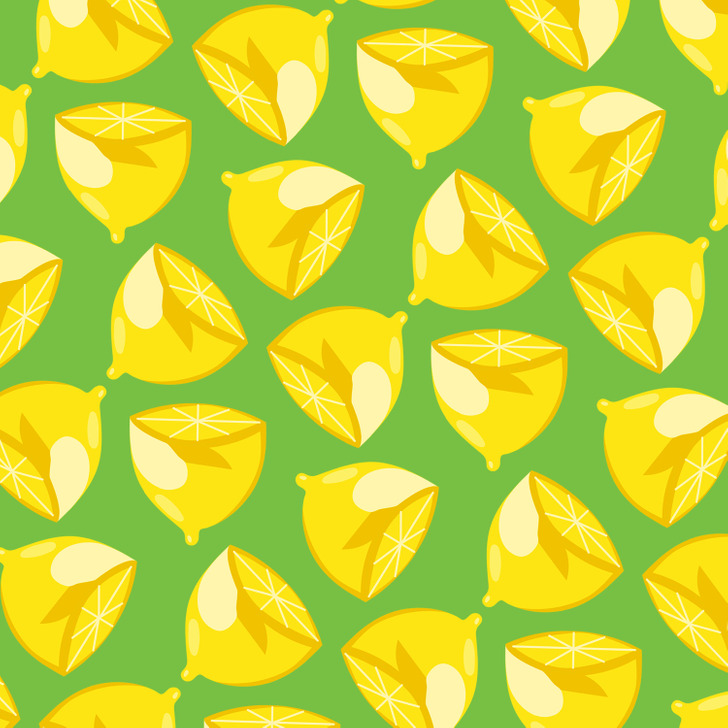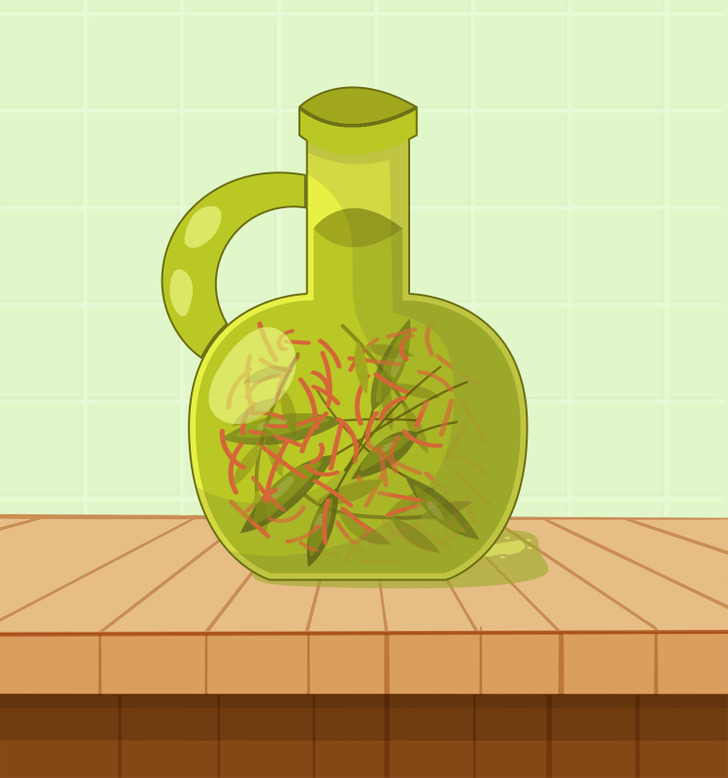How to Use Less Salt
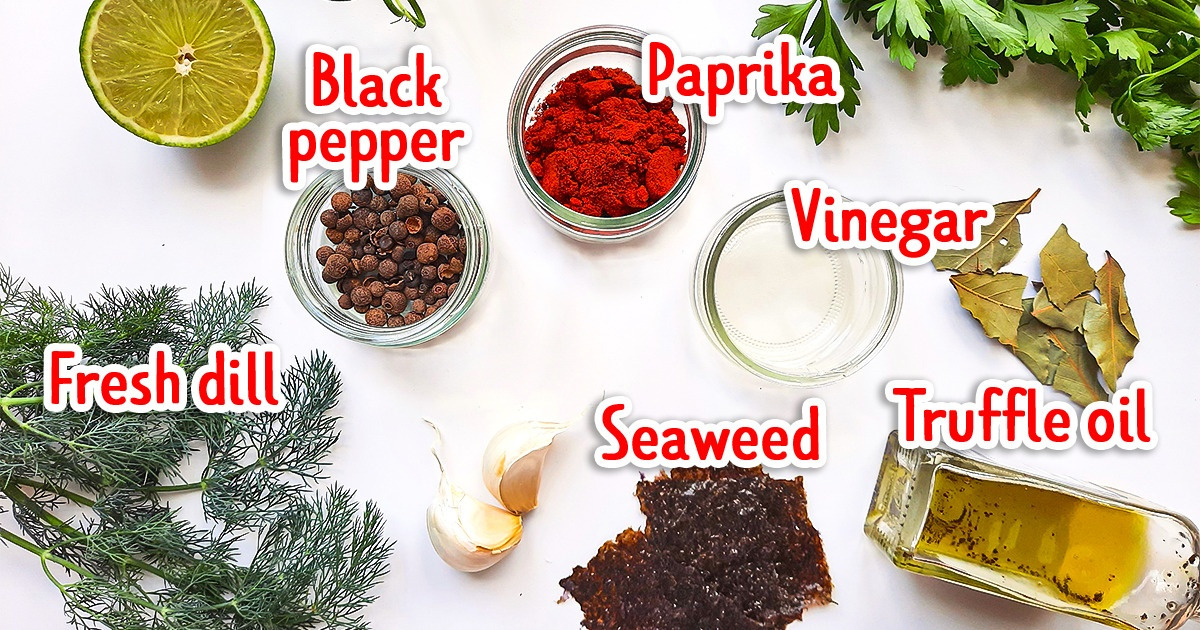
While salt is not dangerous in small quantities, overusing it can sometimes lead to adverse health consequences. There are spices that can replace it and ways to lower the amount of salt in your food that still give you the tastiest dishes. 5-Minute Crafts will tell you all about them.
How to lower your salt intake
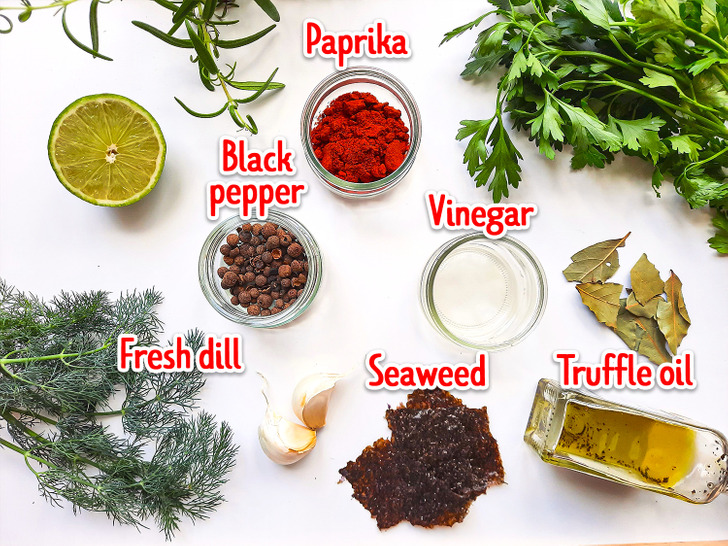
- It is good to track your sodium consumption, especially if you are concerned about your health. When you know how often you are eating salty foods, it is easier to make changes that fit your health goals.
- To start, you can cut your salt intake in half.
- Remember that there are different products, spices, and herbs that may not fully replace salt but can certainly add flavor to the food you consume, making it taste more delicious.
- Make your own meals at home. Packaged, prepared, and restaurant meals usually have more salt than you need and, because of that, it is not easy to keep your salt consumption in check.
- It is also recommended to eat foods high in potassium when you are reducing sodium in your diet.
Tips for a low-salt diet
1. Add acidity
Adding an acidic element to a dish can serve as a replacement for the feeling of salt, like, for example:
- Use a variety of vinegar, like balsamic, apple cider, rice, or other kinds. This can pair well with vegetables, in salads or oven roasts, as an ingredient in sauces, or a glaze for meat. Our tongues react to vinegar just like they react to salt, making it a great replacement.
- Lime or lemon juice or lemon zest can go well with chicken, fish, or vegetables. It adds flavor, allowing for salt to be reduced or completely removed while being lighter than vinegar.
2. Herbs and spices
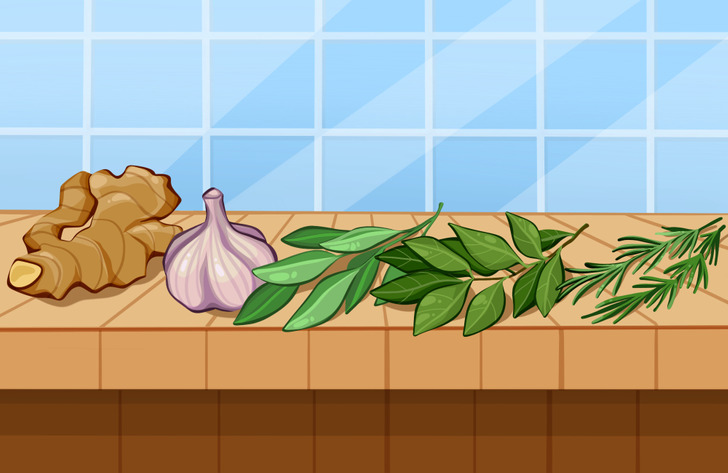
- Onion and garlic, while being some of the most common spices, are sometimes underrated. The dried and powdered varieties work especially great to replace salt, adding a bit of spice and sweetness to any dish.
- Ginger root’s pungent flavor profile makes it a great salt replacement. Plus, it has been shown to have some health benefits and anti-inflammatory properties. It can be great in marinades, soups, and beverages.
- Rosemary is an herb with a pine-like scent and an overpowering flavor, so don’t overuse it. It’s easy to plant and maintain, and it makes for a good addition to roasts, grilled meats, bread, or sauces.
- Nutritional yeast is usually considered an alternative to cheese for vegan dishes, but its strong nutty cheesy flavor also works great to replace salt in dishes like pasta or sprinkled on popcorn and nuts.
- Other options include bay leaves, dry mustard, paprika, cumin, black pepper, fresh dill, and even seaweed.
3. Don’t salt while you cook
It is usual to add salt as you cook. If making pasta with vegetables, you would salt the water to boil the pasta, salt the water for the vegetables, and salt anything else in the process.
- Skip this by adding only a small amount of salt to the finished dish.
While cooking, opt for ingredients that are naturally salty but have low sodium content like low sodium soy sauce, anchovies, or algae.
Don’t forget to check if they are the low sodium variety!
4. Add spiciness
If you enjoy spicy food or don’t mind it, adding spicy seasoning is a great way to avoid salt and has been shown to activate the same areas of the brain that reacts to saltiness.
- Red pepper flakes.
They work great in almost all dishes, greatly enhancing egg dishes, pizza, soups, and sauces. - Cayenne Pepper.
It’s ideal for seasoning meat, adding a great deal of heat. Regular peppers also make a great addition, providing tons of flavor without the spice.
5. Cook with infused oils
Cooking with infused oil works great to add an extra layer of flavour, without increasing the sodium content. This can help you eliminate salted butter from your dishes, for example.
Asian flavored oils work great for this purpose, while other good options are:
- Truffle oil
- Chilli oil
- Garlic infused oil
- Lemon infused oil
